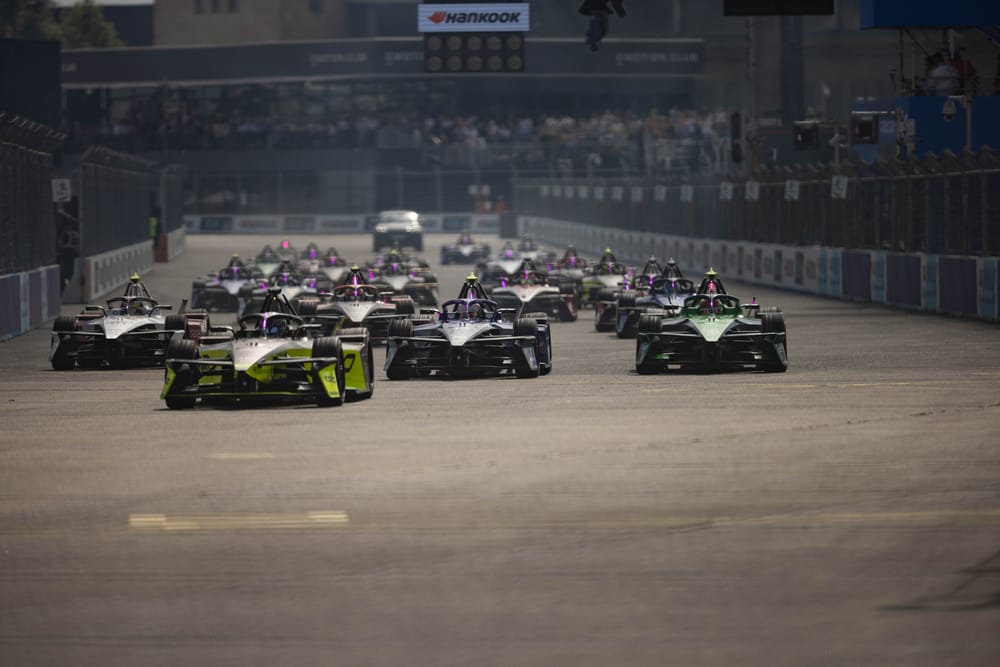Formula E's deal to be the FIA's sole all-electric single-seater world championship now runs until 2048 after the agreement of a 10-year extension.
The FIA and Formula E Operations said the new deal "provides a powerful platform to accelerate the championship’s growth trajectory, attract further investment, scale its global impact and pave the way for sustainable innovation in the wider automotive sector".
It is a 10-year deal, but The Race understands there is an option for a further five years to be agreed and added on to take the deal to the end of 2053.
It extends the initial 25-year agreement agreed in 2014 between original Formula E founder and now Formula E Operations (FEO) chairman Alejandro Agag and then FIA president Jean Todt, who was a key early supporter and drove the sanctioning of the championship as it started-up.
The agreement and announcement comes as Formula E moves towards its fourth generation of car rules, which The Race outlined in detail on Thursday with a first look at what the Gen4 car may look like when it makes its racing debut in the 2026-27 season.
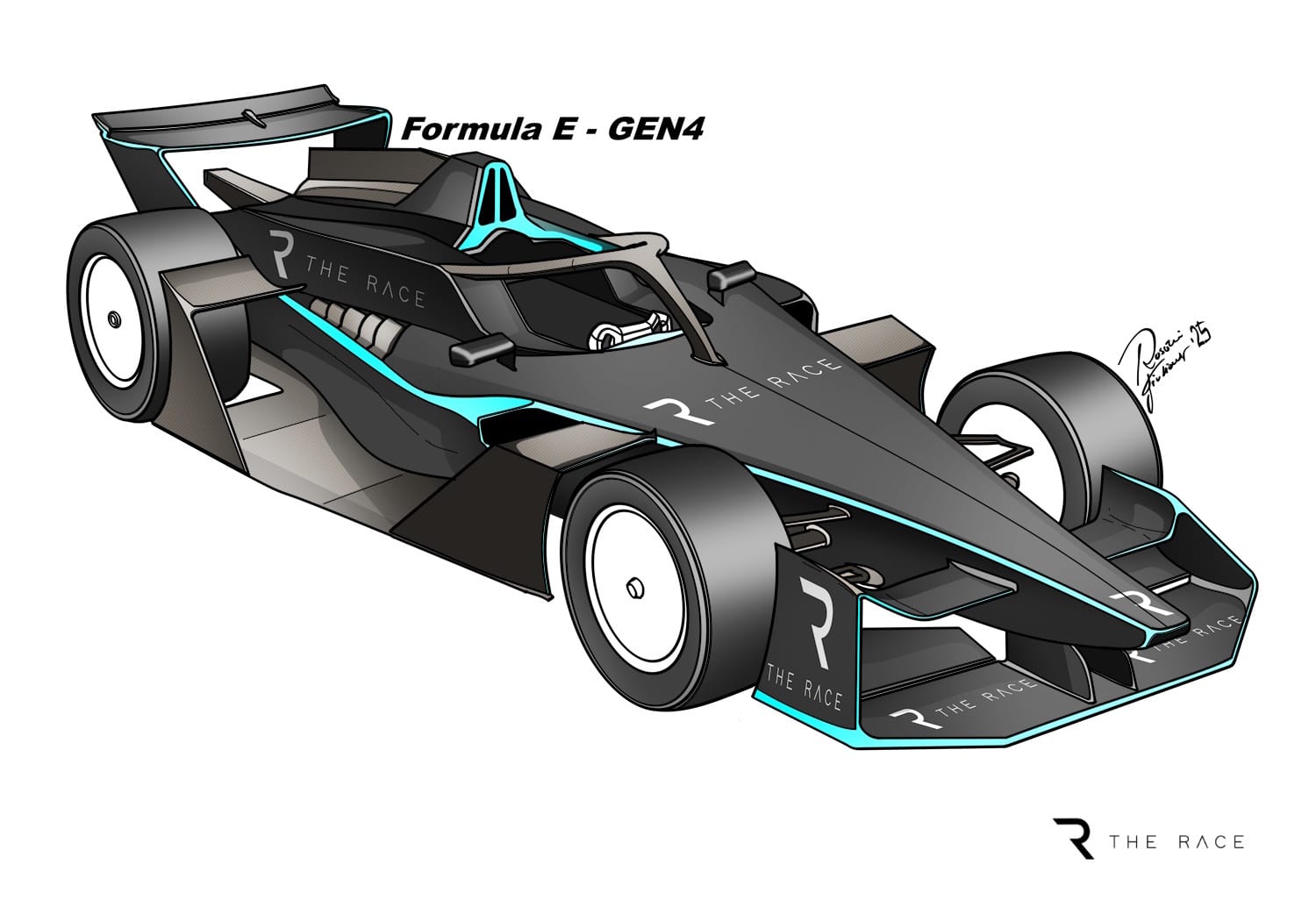
By 2048, it is expected that Formula E cars' performance will be on par with or exceeding the performance of other top tier single-seater categories.
FIA president Mohammed Ben Sulayem said "this milestone reaffirms our commitment to innovation, sustainability, and technological progress, which are all central to the Championship’s unique identity and purpose. It also aligns with our broader goal of increasing global participation and driving more accessible motorsport for all".
Formula 1 and now MotoGP owner Liberty Global is also the majority shareholder in Formula E, and its CEO Mike Fries reaffirmed his organisation's faith in the series.
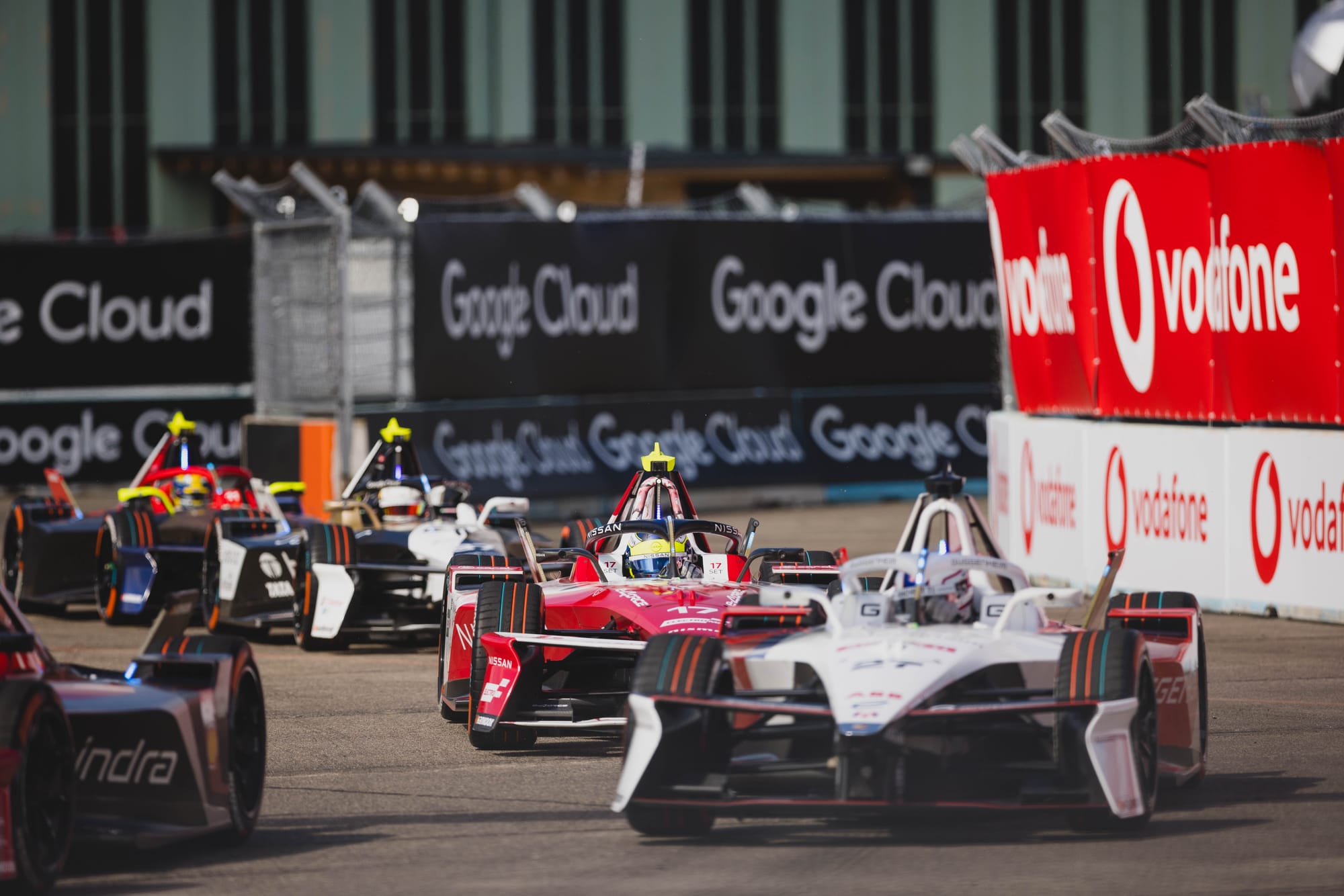
"We've believed in Formula E since day one, and this extension reaffirms our confidence in where it's headed," he said.
"This is the motorsport of the future – a championship that combines the very latest technology, close-combat racing, and a mission that really matters.
"With the FIA's continued backing, we can now take the next big steps: scaling the sport, growing its global fanbase, and continuing to push the boundaries of what electric racing can achieve."
What does this deal really mean?
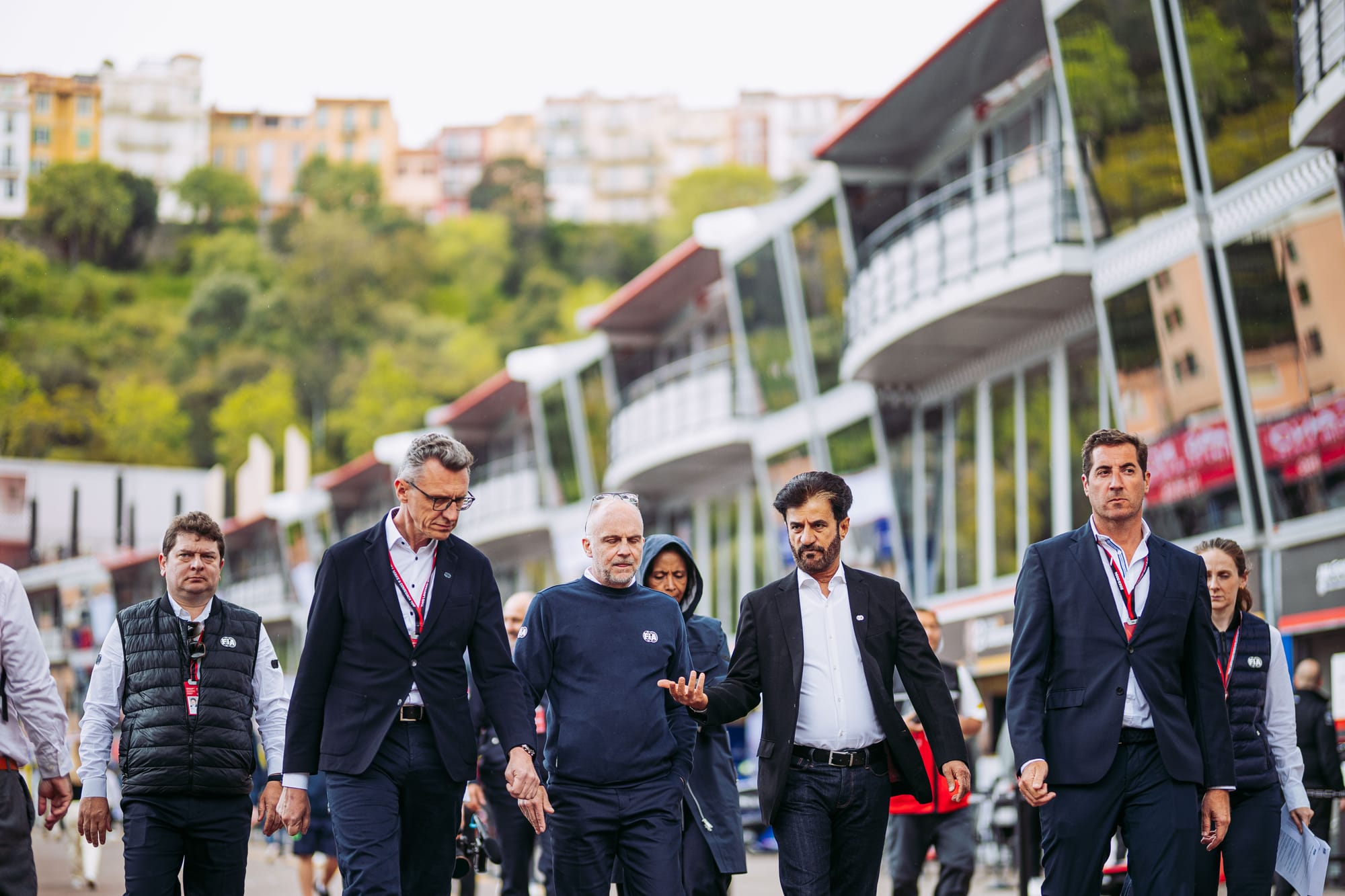
Motorsport always has and always will look to the future but even by those standards 2048 feels like a long time off.
Formula E's right to be the sole top-level electric single-seater series was well amplified by the charismatic Agag when it was agreed over a decade ago and well promoted to stakeholders within what Formula E forever calls its ‘eco-system'.
It was also used firmly in its commercial negotiations with partners and city hosts for its initial urban-heavy calendar that took in Paris, Hong Kong, Rome, London, New York, Riyadh and other glamorous locations.
The nature of that calendar has now changed - largely down to cost reduction measures that have been implemented by the promoter, although officially Formula E now having faster cars is generally given as a reason for fewer and fewer street circuits and more permanent tracks or stadium venues.
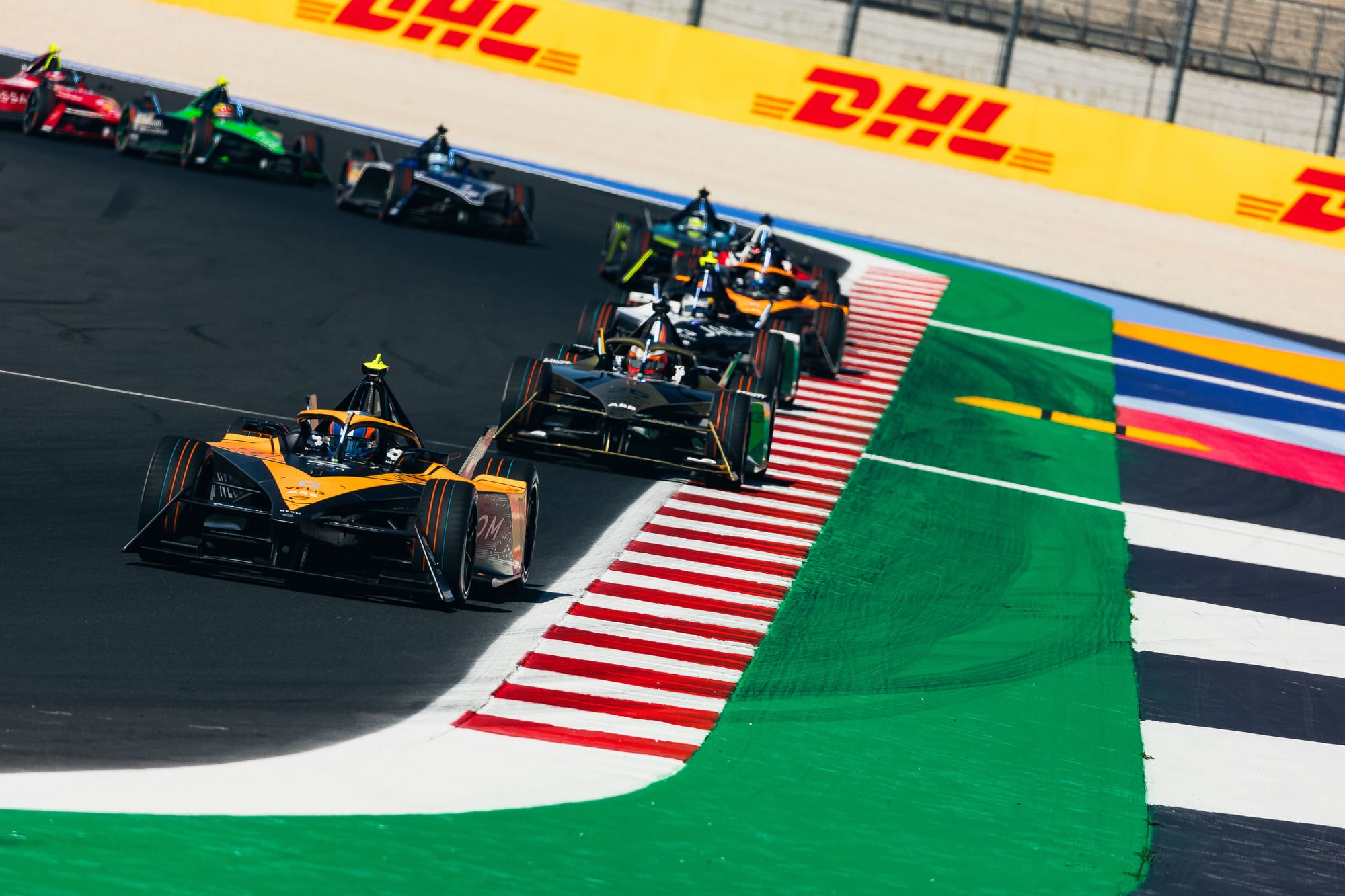
What the new extension may also mean for Formula E is added scope for Liberty to experiment with potentially phasing in F1 venues to the Formula E calendar, possibly including some events as a shared bill in the future.
Venues such as Singapore, Montreal or Baku could be ideal locations for both Liberty owned businesses to cross pollinate on core messaging around their different but growing in similarity technical DNA around electrification.
Formula E had a boom in 2016/17 when several manufacturers, among them Porsche, Mercedes, BMW, Audi, Nissan, PSA (now Stellantis) and Jaguar all flocked to it. Of those seven, four now remain, which in an overall sense is a reasonable return for the often fickle in/out narratives of most manufacturers within motorsport.
With Porsche, Nissan, Jaguar, Stellantis (via its soon to be confirmed brands Citroen and Opel), as well as the relaunched Lola, committing to the 2026-2030 period of racing, Formula E has a positive foundation for its short-term future too.
The longer-term element with today's announcement could be seen through the prism of Formula E's consistent magnification of its self-stated growth, in which it regularly issues facts and figures on its media and fan outreach that it employs external companies to collate.
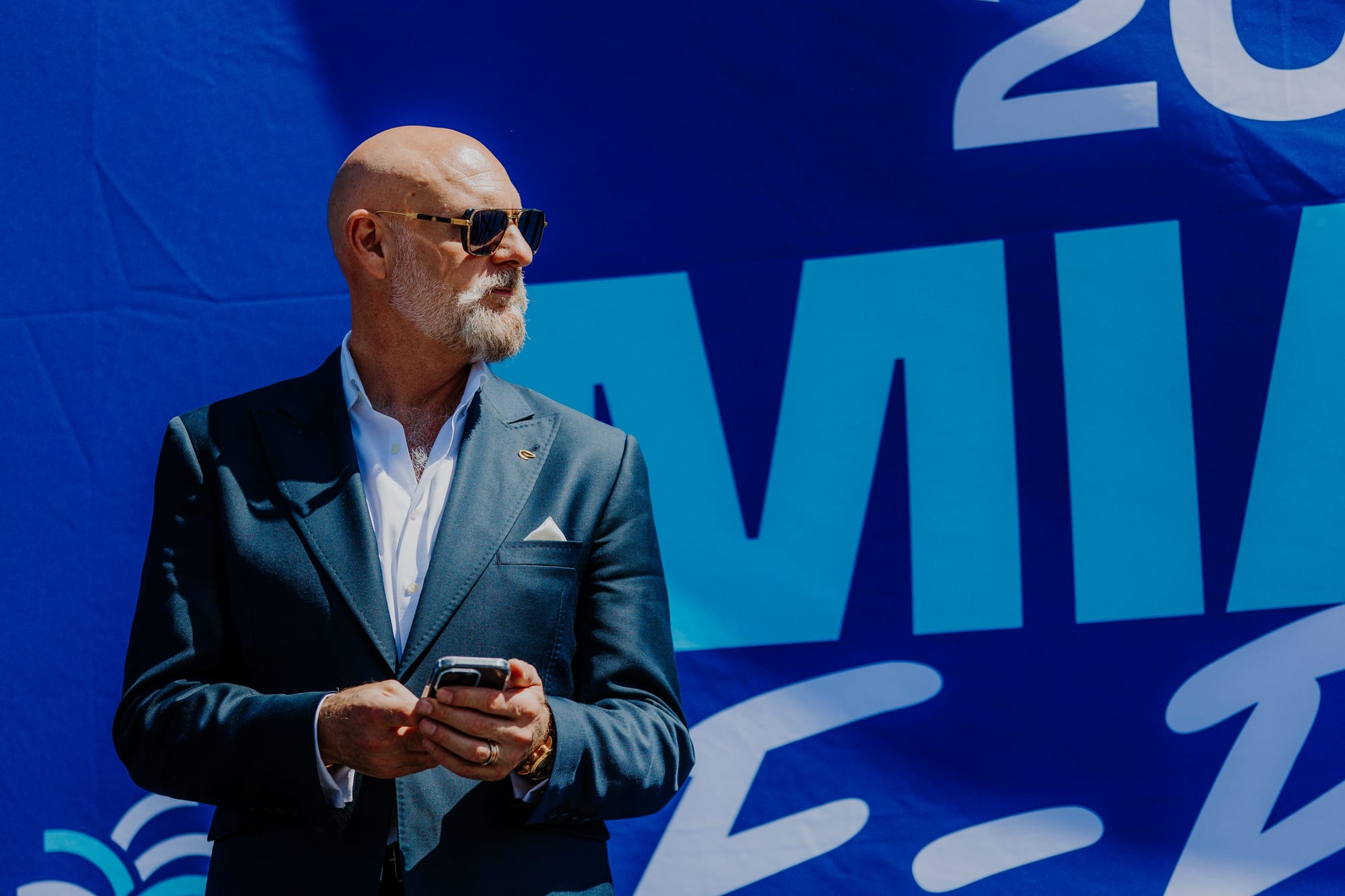
FEO's CEO, Jeff Dodds, two years into his role and a long-time Liberty employee prior to his involvement in Formula E, made it clear when he started that he and the company he leads would "make noise". He has largely been true to his word.
But around the noise there has also been cut backs, with several departments having staff reduced and budgets cut. If you look carefully you'll see the changes, from more modest podium ceremonies to reduced headcounts at race events.
The 2048 announcement will, however, bring a new layer of confidence as Formula E tries to attract both new manufacturers and new commercial partners.
The last major car company to give notice of its entry into Formula E with manufacturer status was Porsche in the summer of 2017 for the 2019-20 season.
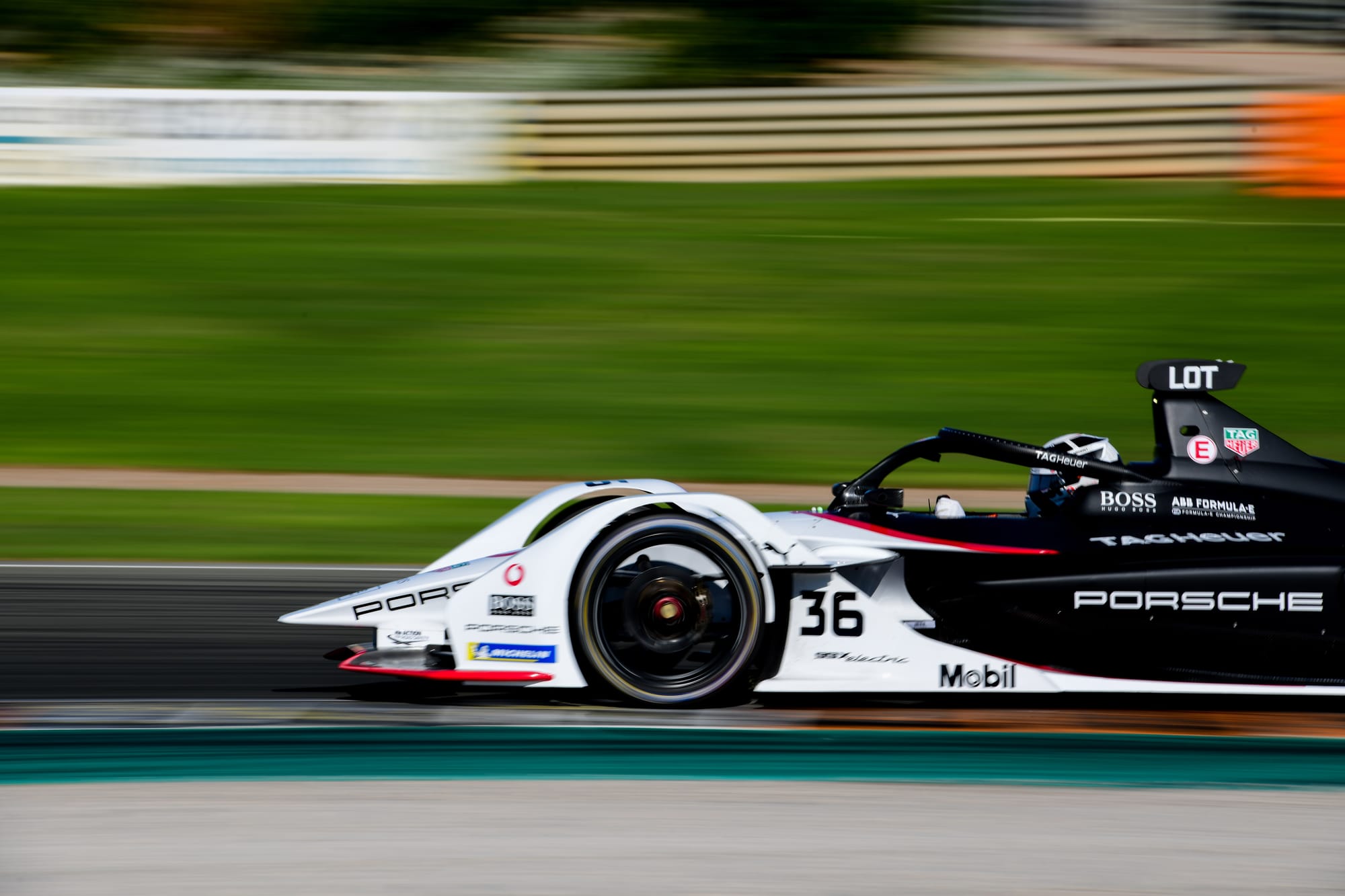
That was also the year in which Formula E last had a grid as small as 20 cars, which it will also be reduced to next season after the loss of McLaren - which was unable to attract a buyer or investor for its licence.
Several industry challenges will also be faced by Formula E but several of these are outside its or car manufacturers' influence, namely geo-political issues like the United States' tariff policy that Stellantis recently identified as already costing it €300million (£259.6m).
But Formula E is relatively cheap for global motorsport, with a current available financial cost cap at €56m for an entire rules set covering the Gen3 rules package that will run for four seasons in total across its original and Evo versions.
Held up against recent rules in other areas of motorsport such as the LMP1 era of endurance racing or the pre-cost cap F1, this is very good value for a global motorsport programme and is a key reason why Porsche, Nissan, Jaguar and Stellantis are still competing in Formula E.
Plus global sales data shows that in 2024, 17 million electric vehicles were sold - pushing electric cars to more than 20% of all global new vehicle sales.
"Our data shows that, despite significant uncertainties, electric cars remain on a strong growth trajectory globally," Fatih Birol, executive director of the International Energy Agency, was quoted as saying earlier this year.
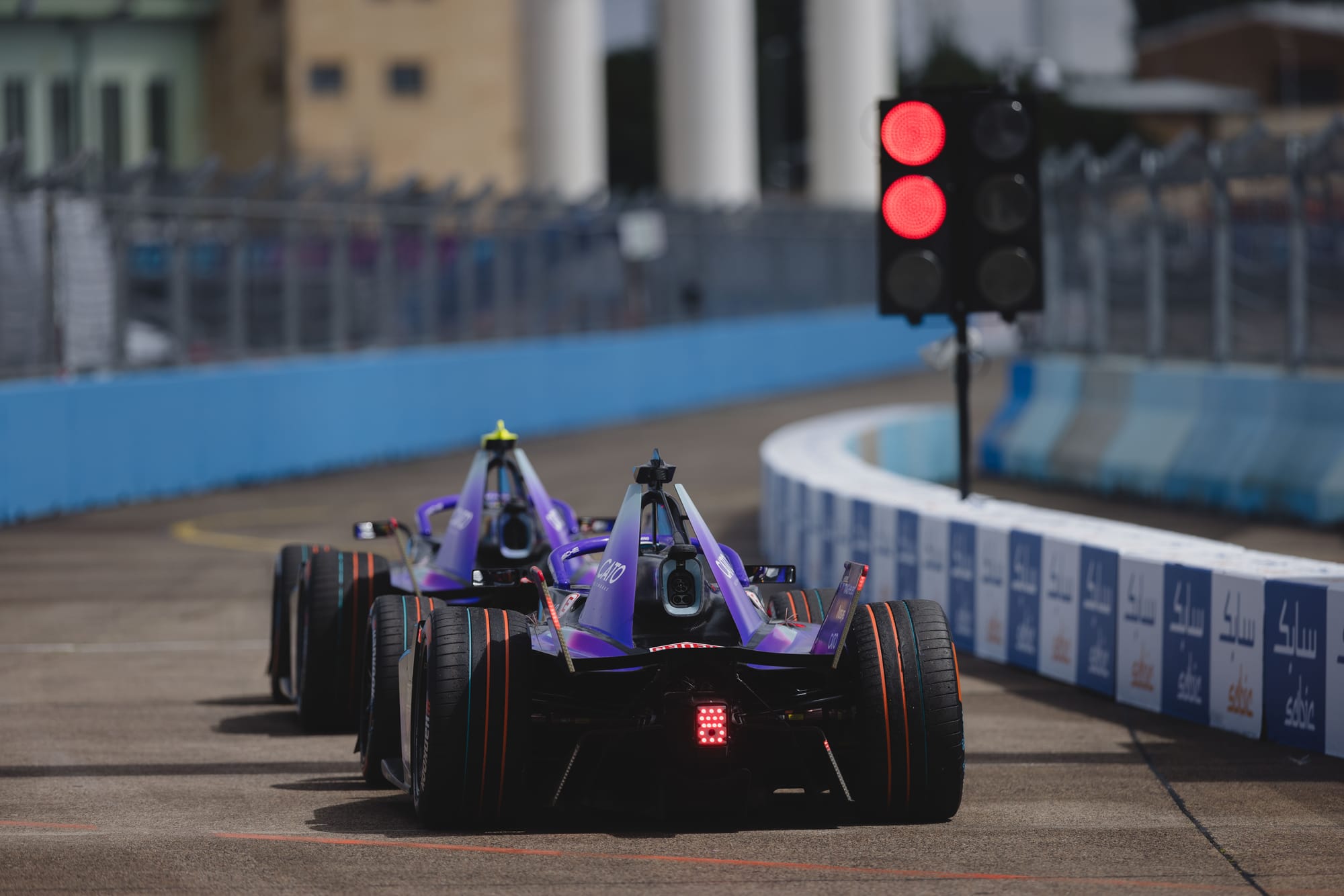
That is good news for Formula E. But at the same time, in UK newspaper The Guardian this morning, the head of Porsche's Formula E programme, Florian Modlinger, is quoted as saying that "it is a fact that it's not gathering the attention that one might expect after 11 seasons".
"It's ramping up and we are a young sport," he added. "One decade is still quite young compared to a series [F1] which exists for 75 years. But clearly we need to create more awareness."
That is the short-term challenge for Formula E as it attempts to match its walk with its talk, something that - whether it is still racing in 2048 or not - has to be a key step as it enters its second decade.


